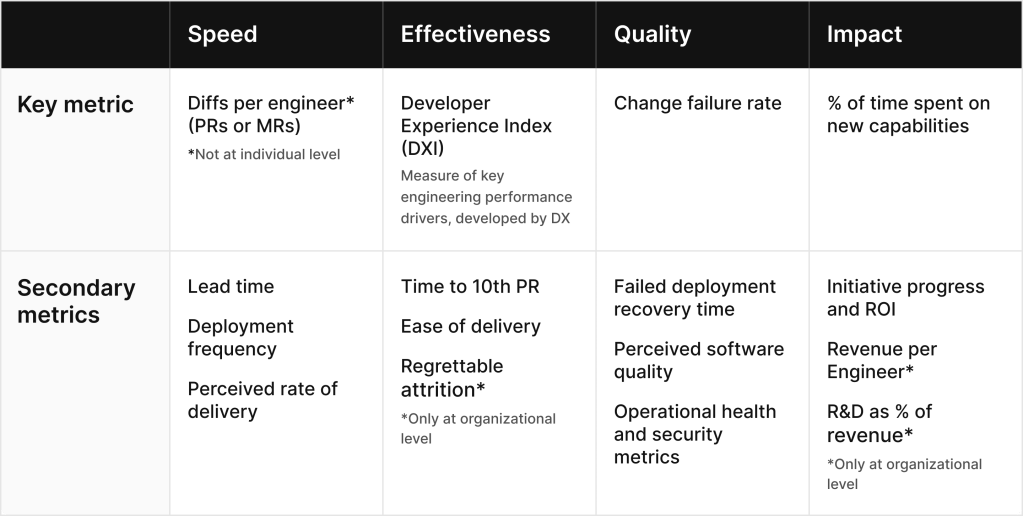4 key AI risks to address when contracting services or products
With the rapid rise of AI, especially GenAI, clients are evaluating risks from partner or vendor use of AI. CIOs and organizations are advised to consider how these risks may impact their operations and security and create contractual terms to address them. Specific areas of concern for CIOs and IT organizations are how a vendor uses its data, whether its data will be used in training public models, how data is protected, data access, results bias, and risks of hallucination and plagiarism. Clients wish to understand and mitigate the additional risk that AI may bring from their vendor and partner relationships. CIOs and organizations recognizing this risk (and following recommendations of research firms) are now embedding specific requirements in their vendor and partner contracts. They are demanding clear assurances on how AI-related risks are mitigated. These clients expect responsive, meaningful information about the safeguards in place, particularly around data use, adherence to data protection practices, and use cases that impact them. For vendors and partners, meeting these demands requires preparing comprehensive, transparent contractual responses that are accurate and will not delay contracting. Also, we are witnessing, on both the vendor side and client side, frustration with how these clauses are delaying contracting itself as both client and vendor legal teams struggle over them. To address this, vendors and clients need to develop a model for how they want to address, communicate, and understand AI risk. To help simplify the process and provide a leg up for developing AI risk clauses in contracts (for both clients and vendors), this overview covers the key elements that are essential for drafting and responding to AI risk provisions. On both the vendor and client side, standardized, flexible language should be developed immediately with the assistance of legal, because, even if a vendor or partner hasn’t had to respond to an AI clause in a contract yet, it will. Defining AI’s purpose and ensuring transparency Clients need to understand how AI will be used within their contracted services or product. To address this, vendors need to start by defining AI’s role in the service(s) or product provided, highlighting both its purpose and the potential benefits for the client. For instance, AI might be used to support data analysis, improve operational efficiency, or streamline routine tasks — all areas that can drive value when clearly communicated. A well-defined purpose of AI helps clarify that AI’s role is not arbitrary and establishes transparency, allowing clients to understand exactly how it aligns with their goals. Additionally, this section should cover any limitations around the use of AI (i.e., how it will not be used). Use of client data A key (if not primary) client concern is how its data will be used by a vendor or partner. While data usage should be stated as part of a vendor’s existing, standard, data protection policy, the concern is heightened due to some unique aspects of GenAI. In this regard, the contract should outline the vendor’s current practices regarding data security and privacy as well as adherence to regulations such as GDPR, CCPA, and other relevant data protection laws. A vendor should already have defined client data policies. GenAI should be a superset or expansion on existing vendor data protection policies. Clear guidelines around data handling practices help ensure that client data remains secure and protected from unintended uses. Clients are particularly concerned about their data being used to train AI models, as well as its visibility to other clients. This is a key risk clients want addressed. One practice involves stating a prohibition on using non-anonymized client data for AI training without prior consent. Another is stating that client data is not used in training. Addressing these details upfront not only enhances trust but also aligns with industry standards on ethical data management. Establishing an AI usage policy and human oversight Vendors having a formal AI usage policy gives clients clarity around the types of AI technologies being used. This policy should cover specific provisions on how AI may be used in generating client-related insights. For example, there should be provisions explaining how AI is used internally and applied to client-specific data to answer client needs. Incorporating human oversight into AI applications provides an additional safeguard. By establishing that all AI operations will undergo human review, vendors can assure clients that automated processes will be validated by human personnel. This not only mitigates risks but also reinforces quality control, especially in contexts where AI is used to support data analysis or insights. Having a human expert review and supervise these outputs helps ensure that client standards and expectations are met, reducing the likelihood of unintentional errors or oversights from automated processes. Vendors should make clear what, if any, oversight is being provided and where. Risk management and confidentiality Effective risk management is crucial for any vendor offering AI as part of its product, and clients want to know that measures are in place to handle potential AI-related risks. The contract should outline risk management strategies, including regular audits of AI systems, impact assessments for high-stakes AI use cases, mitigation of AI drift, and incident response plans for data breaches or misuse. Clients will feel reassured knowing that the vendor has measures in place to address issues before they impact service quality or data security. Confidentiality agreements also play a critical role in safeguarding client data. Reinforce the organization’s commitment to data privacy by referencing any confidentiality agreements that protect client information from unauthorized disclosure. By including terms that limit access to sensitive client data for AI systems or other technologies, clients are reassured that their data will be handled in line with privacy expectations. These agreements signal that sensitive information will not be disclosed or processed by AI without prior client consent. These agreements are typically in place for data handling even outside the scope of AI. In any AI-related contract, it is essential to ensure that the client or customer also has a robust AI policy in place.
4 key AI risks to address when contracting services or products Read More »












